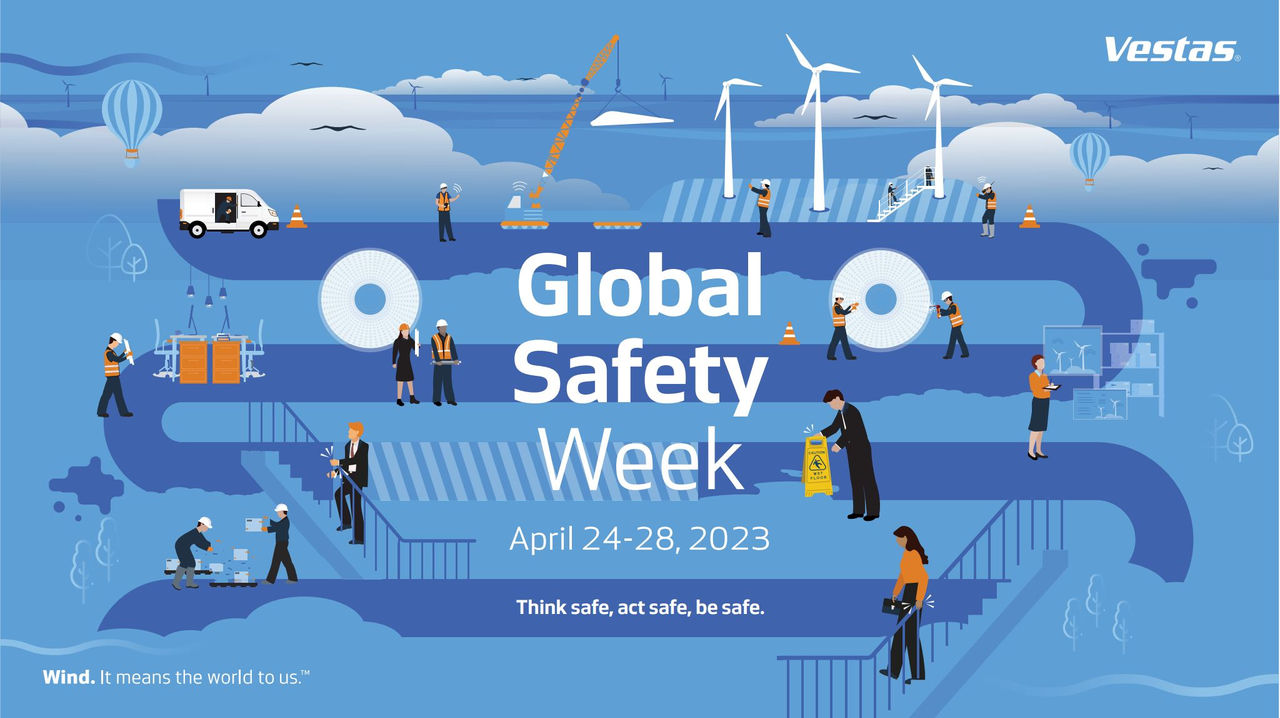Scalable safety calls for a partnerships approach
Community
Author
Tommy Rahbek Nielsen, Executive Vice President, COO Manufacturing & Global Procurement
Scalable safety calls for a partnerships approach
Over the past year or so, fossil fuel volatility and geo-political uncertainty have intensified the spotlight on the green transition. In a world where global supply lines have become vulnerable to disruption, domestically produced energy sources, like wind, have a more important role to play.
Alongside looming climate deadlines and decarbonisation targets, this renewed momentum for building energy security with renewables points to a future of near exponential growth for wind energy. Over the coming decade, the wind energy value chain - that is everything from project development through to the decommissioning of turbines at the end of their lifespan - will have to expand drastically. To put it into perspective, as an industry, we now have to achieve roughly the same level of expansion in less than ten years as we have in the past forty. No small feat.
The journey is already underway, with every player across the value chain working hard to develop new products, build new processes, and recruit and train large groups of skilled people. This rush for growth, however, carries with it a critical risk. In a young industry that is growing increasingly more complex, how do we ensure that safety continues to be the number one priority at every stage of the value chain?
Transcending company lines
If we successfully reach global climate goals, in 2030 we could find ourselves operating in an industry generating more than 10,000 GW, in comparison to roughly 300 GW today. If we’re not conscious about how we achieve this growth, there is a real chance that the safety risk to our employees could increase proportionally.
As processes become more complex, and the number of employees, projects, and stakeholders increases, we must ensure that this doesn’t lead to cracks in our safety processes. There’s only one way to achieve this: a partnership approach to safety.
In an expanded wind industry, the size and scale of projects will increase significantly. In a future with multiple stakeholders collaborating on a project, navigating the manufacturing, transportation, construction and servicing of much larger assets, the only way to ensure a watertight safety approach is to collaborate closely across the value chain. Forming close partnerships, where safety strategies are built to transcend company or project boundaries, can ensure that safety continues to be a priority across every deliverable, and every stage of a project’s lifecycle.
This partnership approach can function as a solid foundation upon which to introduce more standardised safety procedures. By building processes that stretch across the value chain, we can begin industrialise an optimal approach to safety, and easily adapt to the needs of a specific project. Through partnership, we can drive scalability.

How are you driving a scalable approach to Safety?
At Vestas, our ambition with safety is to reach a point where every single one of our employees can make it home from work each day safely. We have always worked to ensure that safety is prioritised above quality, delivery and cost control, however we also know that the approach that has brought us to this point, won’t work for the journey ahead of us.
As we embark on the journey of building scale together with partners – across both our supplier network and our commercial collaborations – a collaborative approach to prioritising and standardising safety strategies is a central focus.
Success in scalable safety starts with us, as individuals aspiring to demonstrate safety leadership in our daily work life. As leaders, it’s our responsibility to nurture a culture where our employees feel comfortable with raising safety concerns. I would therefore like to leave you with an important question: what have you done to demonstrate safety leadership today?